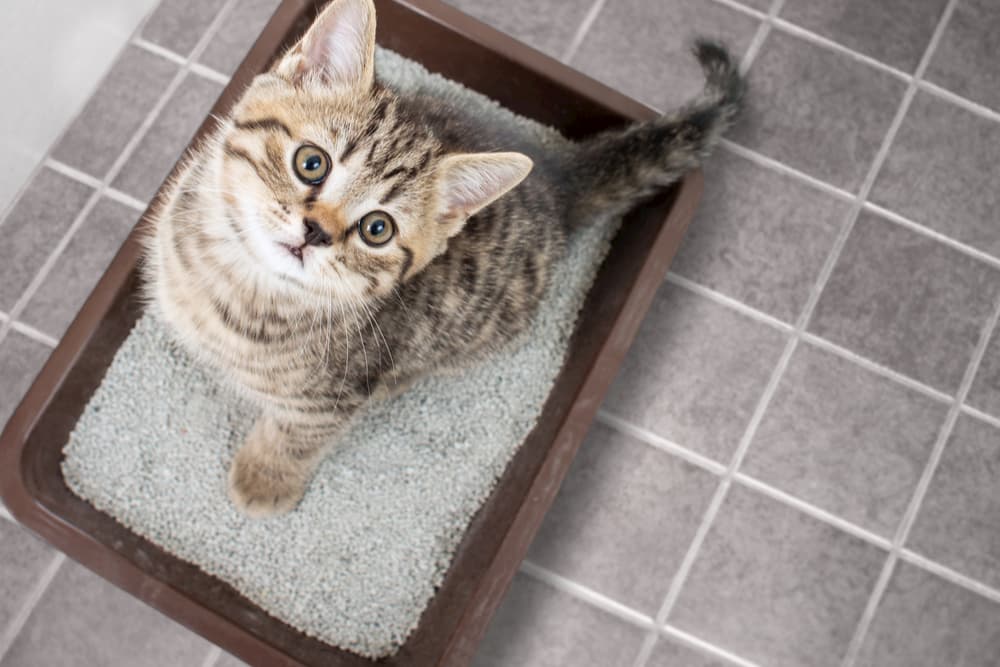We have stumbled on this great article pertaining to Why you should never flush dog poop down the toilet listed below on the net and accepted it made perfect sense to discuss it with you in this article.

When it involves disposing of waste, especially animal waste, many people often consider the practical alternative of flushing it down the commode. However, this relatively simple service can have significant consequences for the atmosphere and public health. In this article, we'll check out why flushing animal waste down the toilet is a bad idea and offer alternate techniques for appropriate disposal.
Intro
Appropriate waste disposal is important for preserving environmental sustainability and public health. While it may appear safe to purge animal waste down the toilet, it can lead to various concerns, both for the atmosphere and human health.
Dangers of flushing animal waste
Ecological effect
Flushing pet waste introduces harmful microorganisms and microorganisms right into waterways, which can negatively influence aquatic ecosystems. These virus can contaminate water resources and injury marine life, interfering with delicate ecological communities.
Public health concerns
Animal waste has hazardous germs such as E. coli and Salmonella, which can pose severe wellness threats to human beings. Purging pet waste down the bathroom can contaminate water supplies, leading to the spread of diseases and infections.
Alternatives to flushing
Instead of purging pet waste down the bathroom, there are a number of alternative disposal methods that are extra eco-friendly and sanitary.
Composting
Composting pet waste is a green method to get rid of it. By composting, organic matter is broken down right into nutrient-rich soil, which can be made use of to feed gardens and plants.
Land fill disposal
Taking care of animal check here waste in a land fill is another option. While not as eco-friendly as composting, it is a more secure option to flushing, as it prevents the contamination of water sources.
Pet waste disposal systems
There are customized animal waste disposal systems offered that safely and hygienically dispose of pet waste. These systems often utilize enzymes to break down waste and remove smells.
Actions to proper animal garbage disposal
To ensure proper disposal of animal waste, comply with these actions:
Scooping and bagging waste
Frequently scoop and bag pet waste using naturally degradable bags. This protects against waste from infecting the setting.
Using marked waste containers
Dispose of bagged pet waste in marked waste containers, such as compost bins or land fill containers. Prevent flushing it down the toilet at all costs.
Cleansing can and animal areas regularly
Consistently tidy can and family pet areas to prevent the accumulation of waste and bacteria. Usage pet-safe cleansing products to maintain health.
Benefits of appropriate disposal methods
Embracing proper disposal techniques for animal waste uses several benefits:
Lowered environmental pollution
Appropriate disposal approaches decrease the threat of environmental pollution, protecting rivers and environments from contamination
Decreased risk of water contamination.
By preventing flushing pet waste down the commode, the risk of water contamination is substantially lowered, safeguarding public health.
Enhanced cleanliness and health
Correct disposal approaches promote far better hygiene and hygiene, creating a much safer setting for both people and animals.
Final thought
Finally, flushing pet waste down the commode is hazardous to the environment and public health. By taking on different disposal techniques and complying with proper waste monitoring methods, we can reduce the adverse effect of animal waste and add to a cleaner, healthier earth.
What To Do With Dog Poo – The Do's And Don'ts Of Disposing Of Faeces
Dog poo bins
Some councils provide dedicated dog waste bins in popular dog-walking areas that can take dog poo that has been bagged but you can legally dispose of dog waste in any public litter bin, as long as it is securely bagged. This also applies to your wheelie bin at home.
Do not flush
Water companies do not recommend flushing dog faeces down the toilet because certain parasites can survive the water processing treatment and are potentially harmful to humans. You should also never consider flushing dog poo that has been bagged down the toilet as the bags will not break down and instead create severe blockages in the sewage system.
In the woods
The Forestry Commission promotes a ‘stick and flick’ method for dealing with waste in the woods. This means finding a stick and using it to flick any poo from off the path so that it is out of the way of other walkers. You could also bury it as long as it is not in an area where there might be livestock.
Livestock
Parasites found in dog poo can be transmitted to livestock if they inadvertently eat infected faeces that has been left on grazing land. This could result in the death of sheep or abortion in cattle so you should always make sure you pick up your dog’s waste in fields where livestock could be present.

Consistently tidy can and family pet areas to prevent the accumulation of waste and bacteria. Usage pet-safe cleansing products to maintain health.
Benefits of appropriate disposal methods
Embracing proper disposal techniques for animal waste uses several benefits:
Lowered environmental pollution
Appropriate disposal approaches decrease the threat of environmental pollution, protecting rivers and environments from contamination
Decreased risk of water contamination.
By preventing flushing pet waste down the commode, the risk of water contamination is substantially lowered, safeguarding public health.
Enhanced cleanliness and health
Correct disposal approaches promote far better hygiene and hygiene, creating a much safer setting for both people and animals.
Final thought
Finally, flushing pet waste down the commode is hazardous to the environment and public health. By taking on different disposal techniques and complying with proper waste monitoring methods, we can reduce the adverse effect of animal waste and add to a cleaner, healthier earth.
What To Do With Dog Poo – The Do's And Don'ts Of Disposing Of Faeces
Dog poo bins
Some councils provide dedicated dog waste bins in popular dog-walking areas that can take dog poo that has been bagged but you can legally dispose of dog waste in any public litter bin, as long as it is securely bagged. This also applies to your wheelie bin at home.
Do not flush
Water companies do not recommend flushing dog faeces down the toilet because certain parasites can survive the water processing treatment and are potentially harmful to humans. You should also never consider flushing dog poo that has been bagged down the toilet as the bags will not break down and instead create severe blockages in the sewage system.
In the woods
The Forestry Commission promotes a ‘stick and flick’ method for dealing with waste in the woods. This means finding a stick and using it to flick any poo from off the path so that it is out of the way of other walkers. You could also bury it as long as it is not in an area where there might be livestock.
Livestock
Parasites found in dog poo can be transmitted to livestock if they inadvertently eat infected faeces that has been left on grazing land. This could result in the death of sheep or abortion in cattle so you should always make sure you pick up your dog’s waste in fields where livestock could be present.

I am just very occupied with Don't Flush Your Pets Poo Down The Loo, Vet Warns and I'm hoping you enjoyed the entire blog posting. Don't hesitate to take a moment to share this page if you appreciated it. I love your readership.
Call